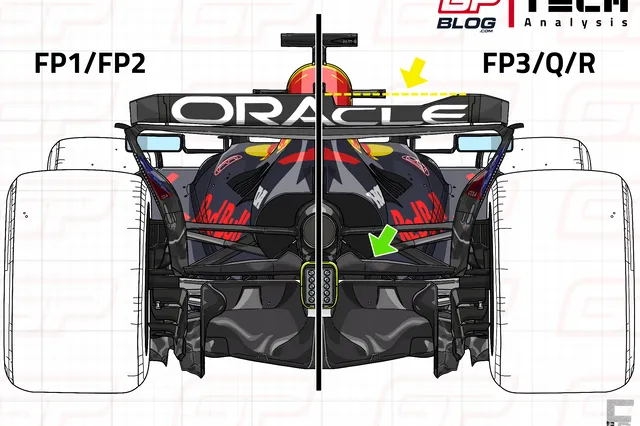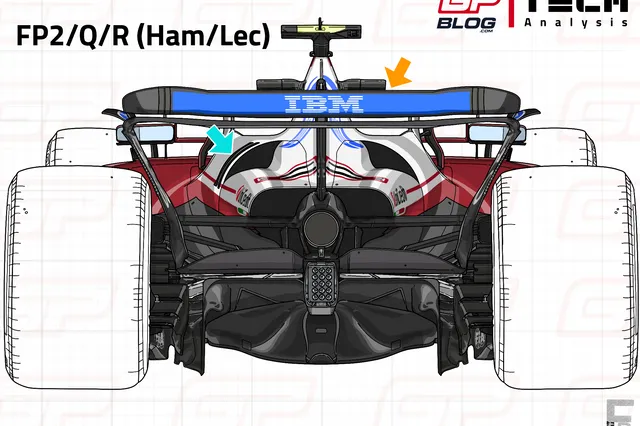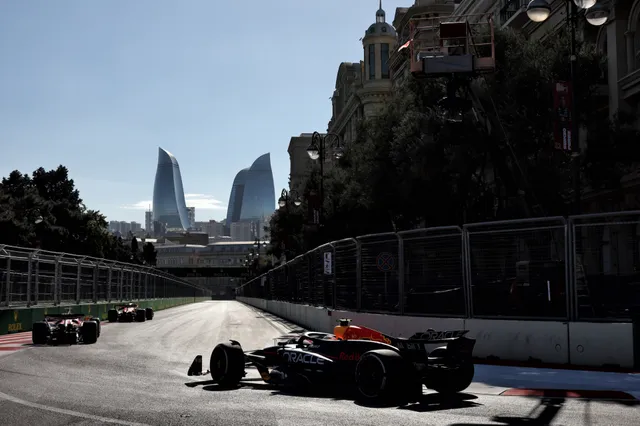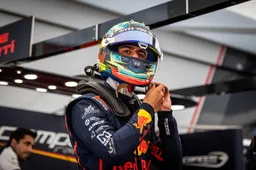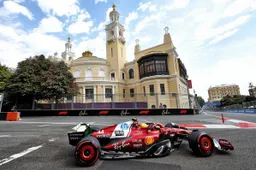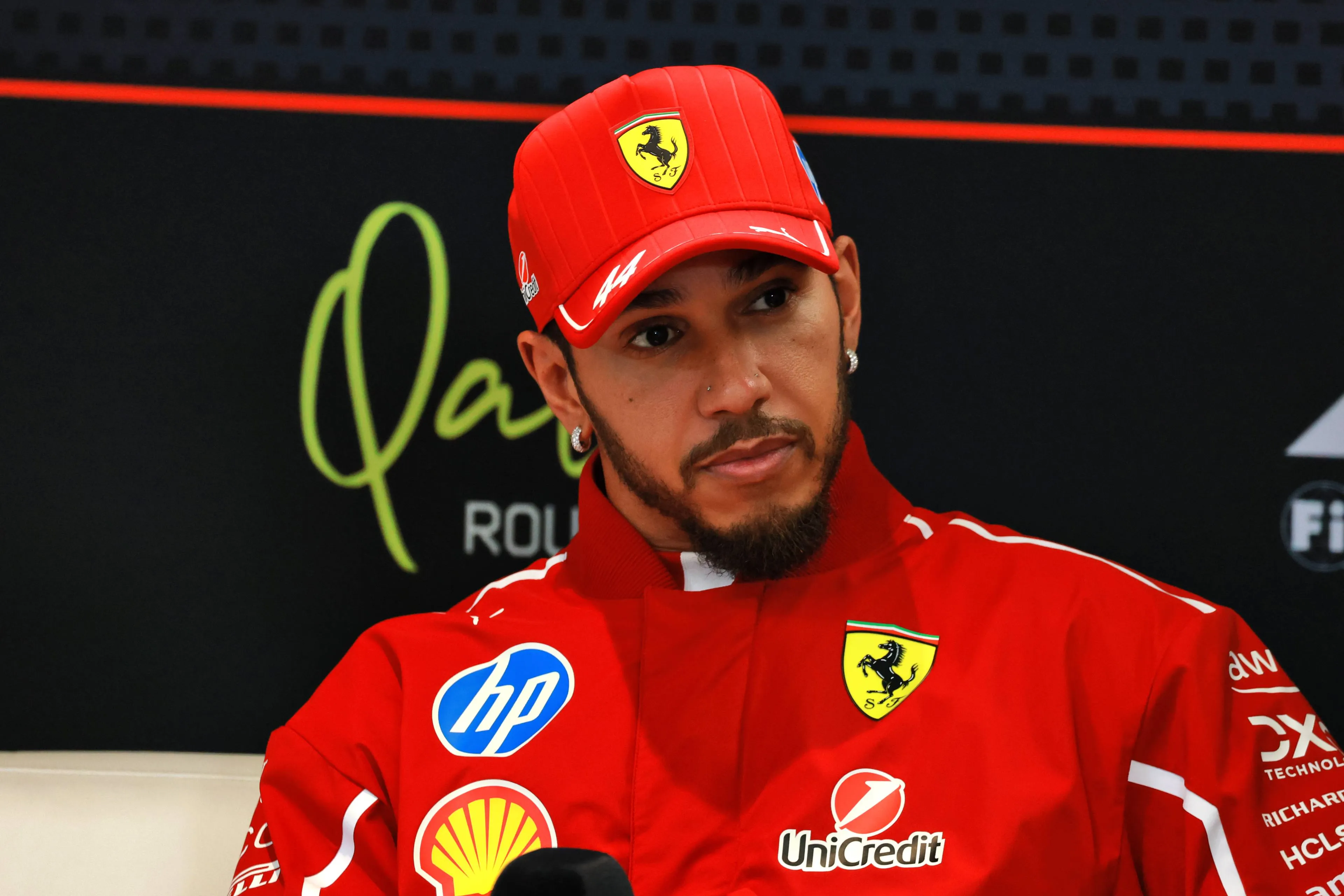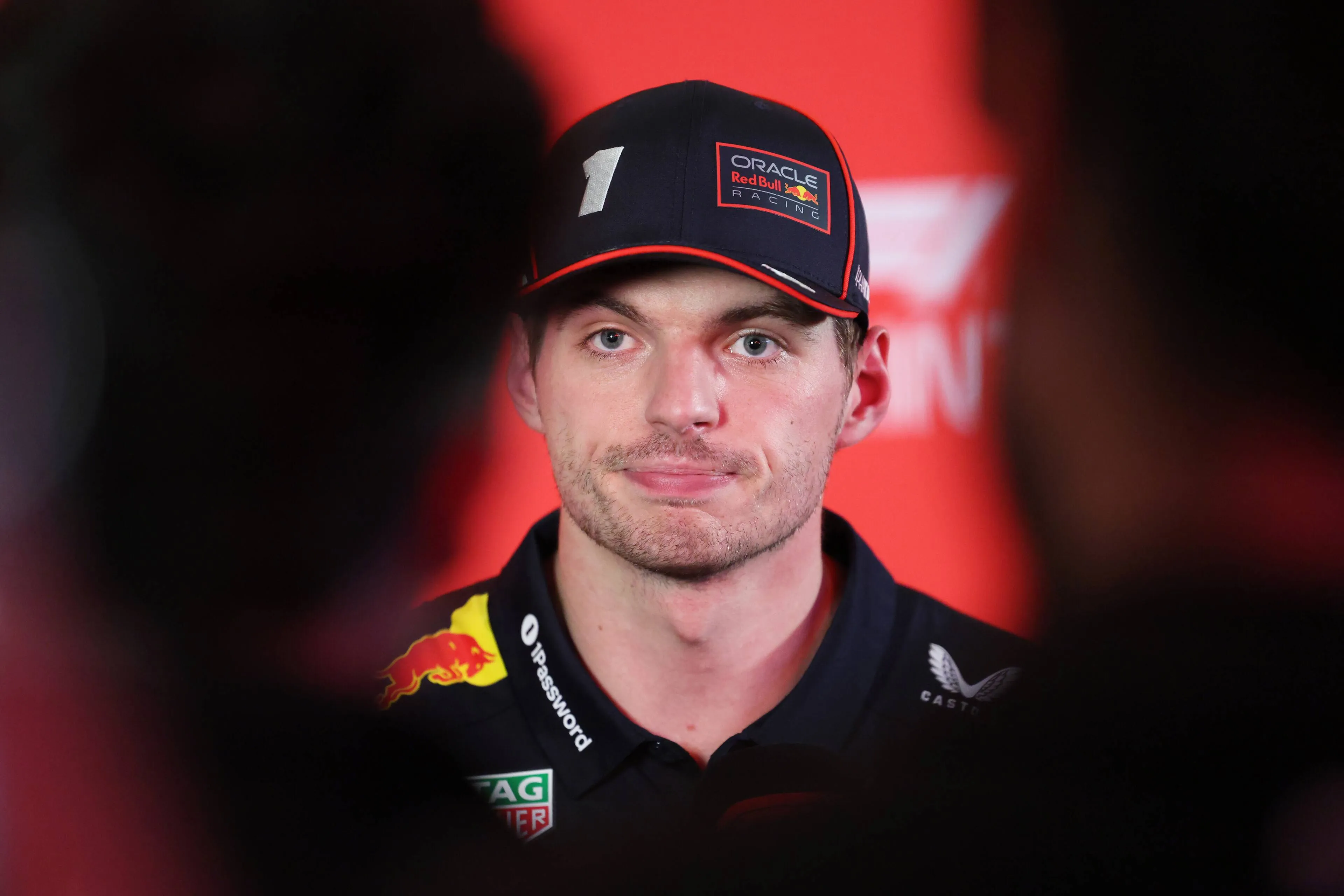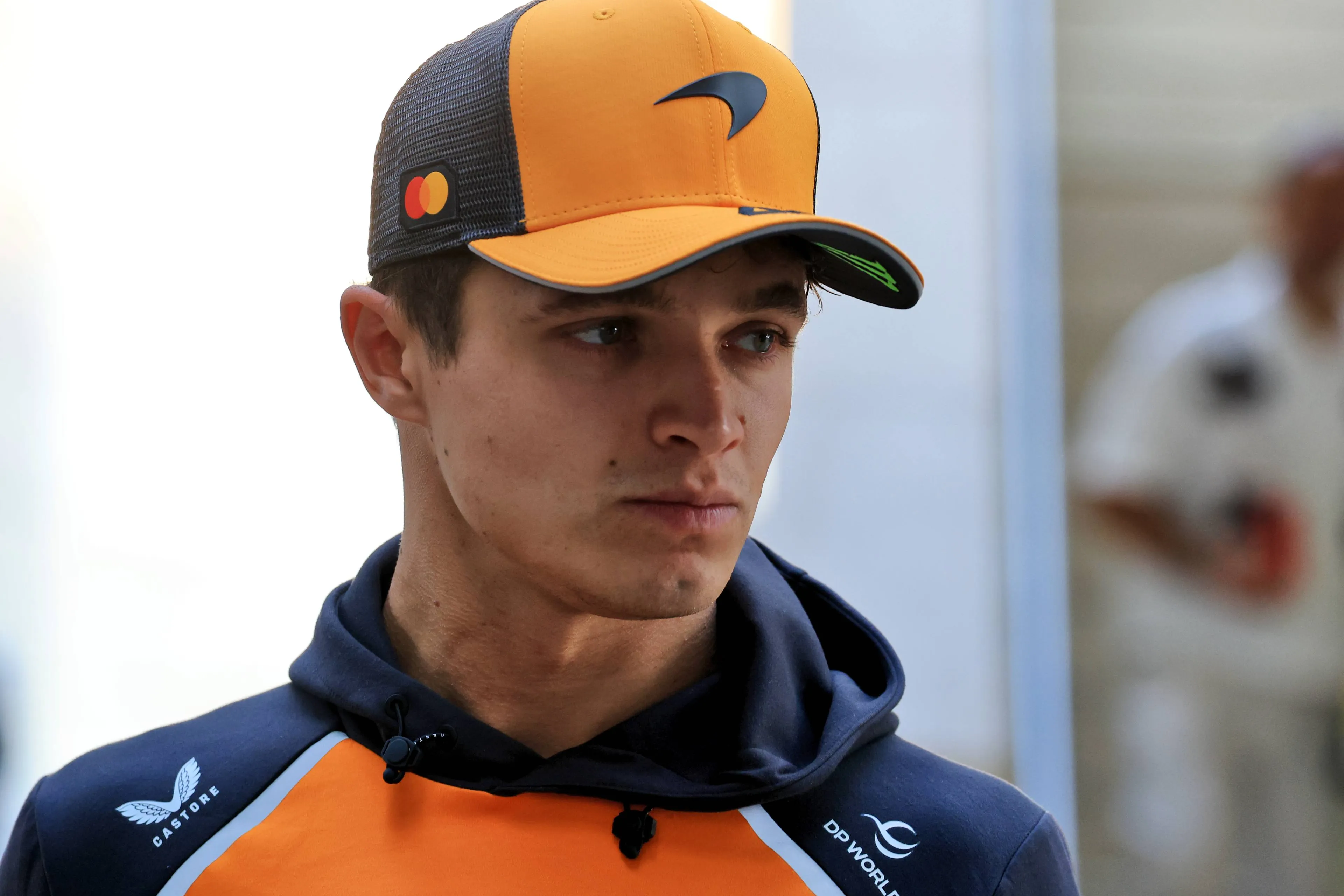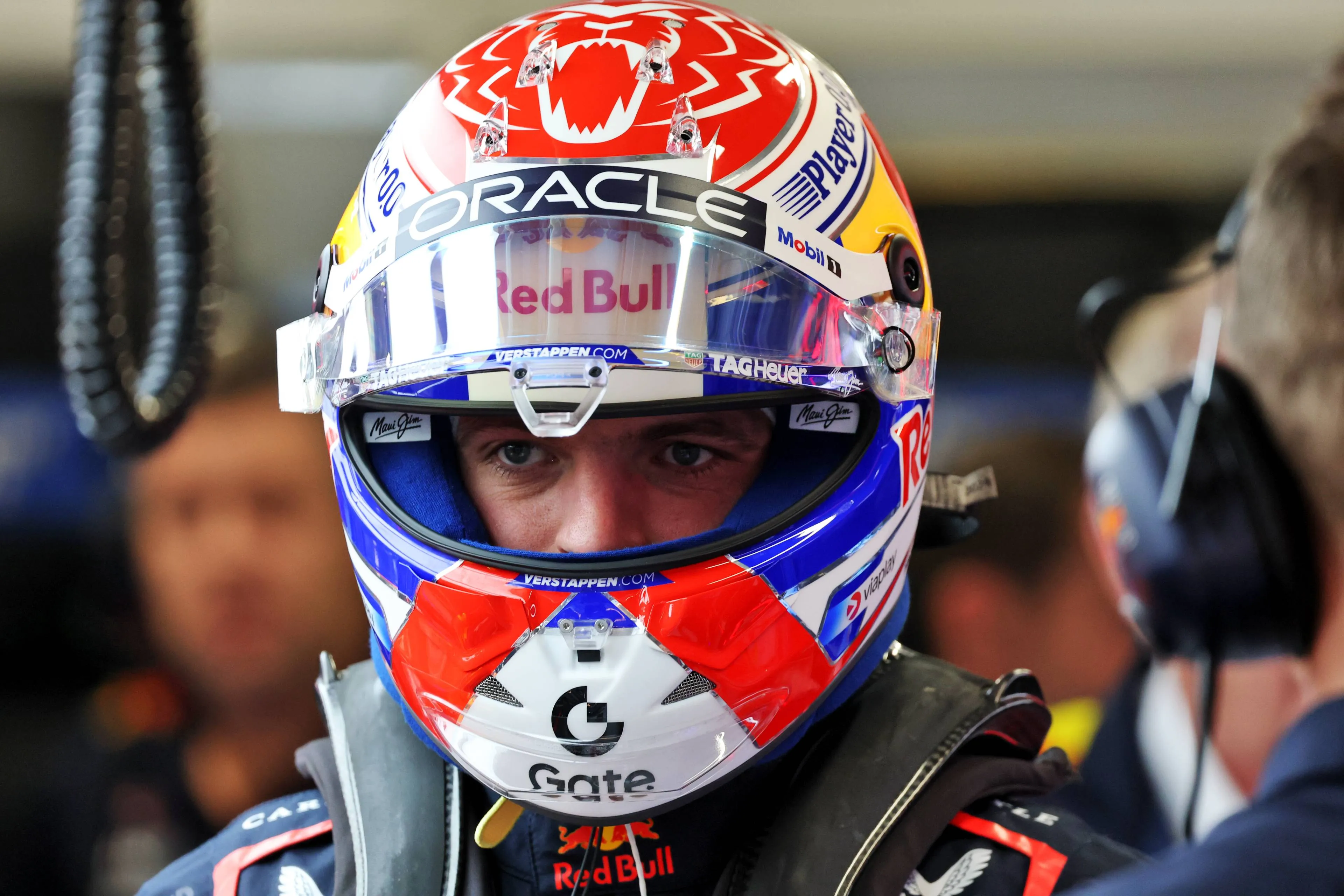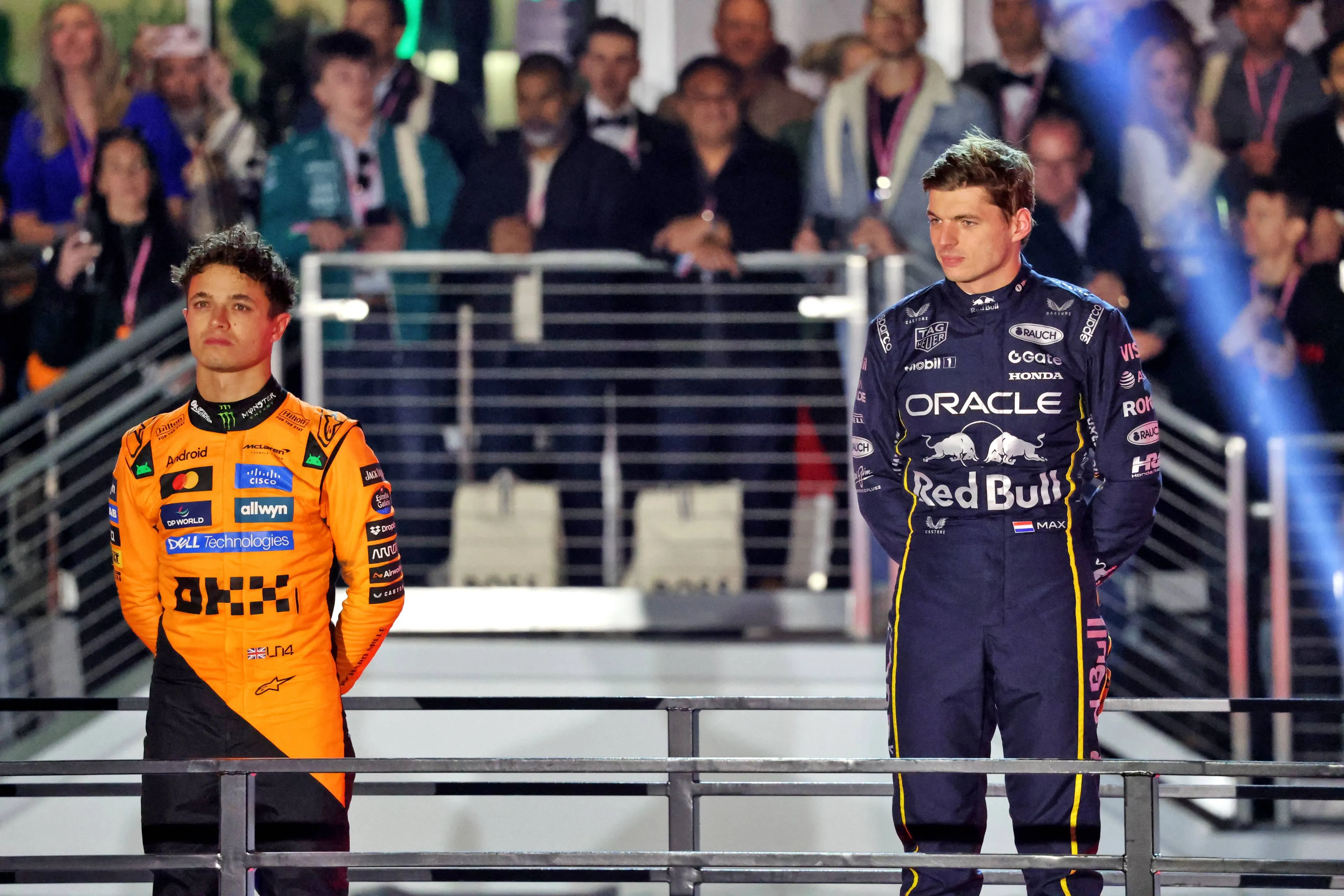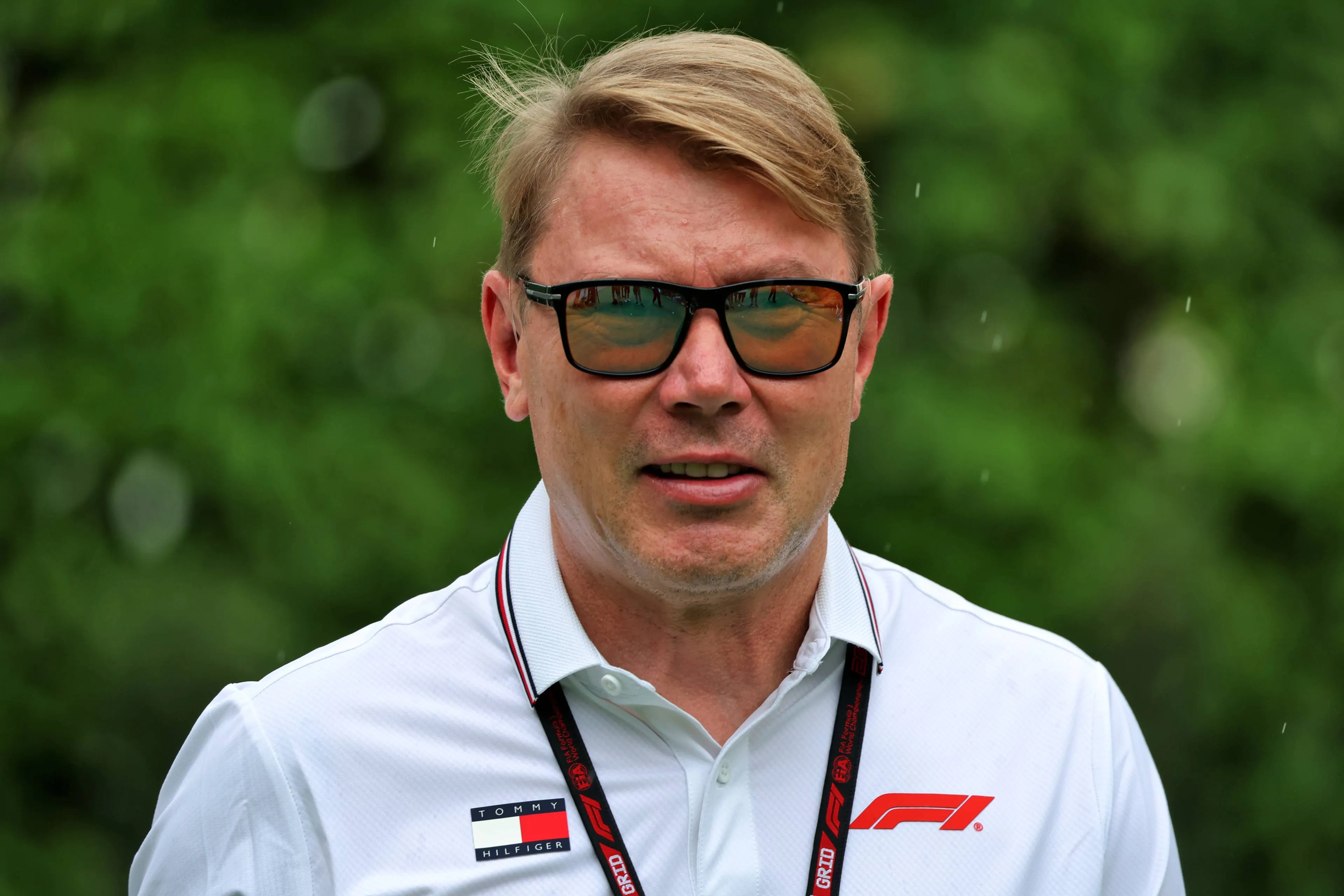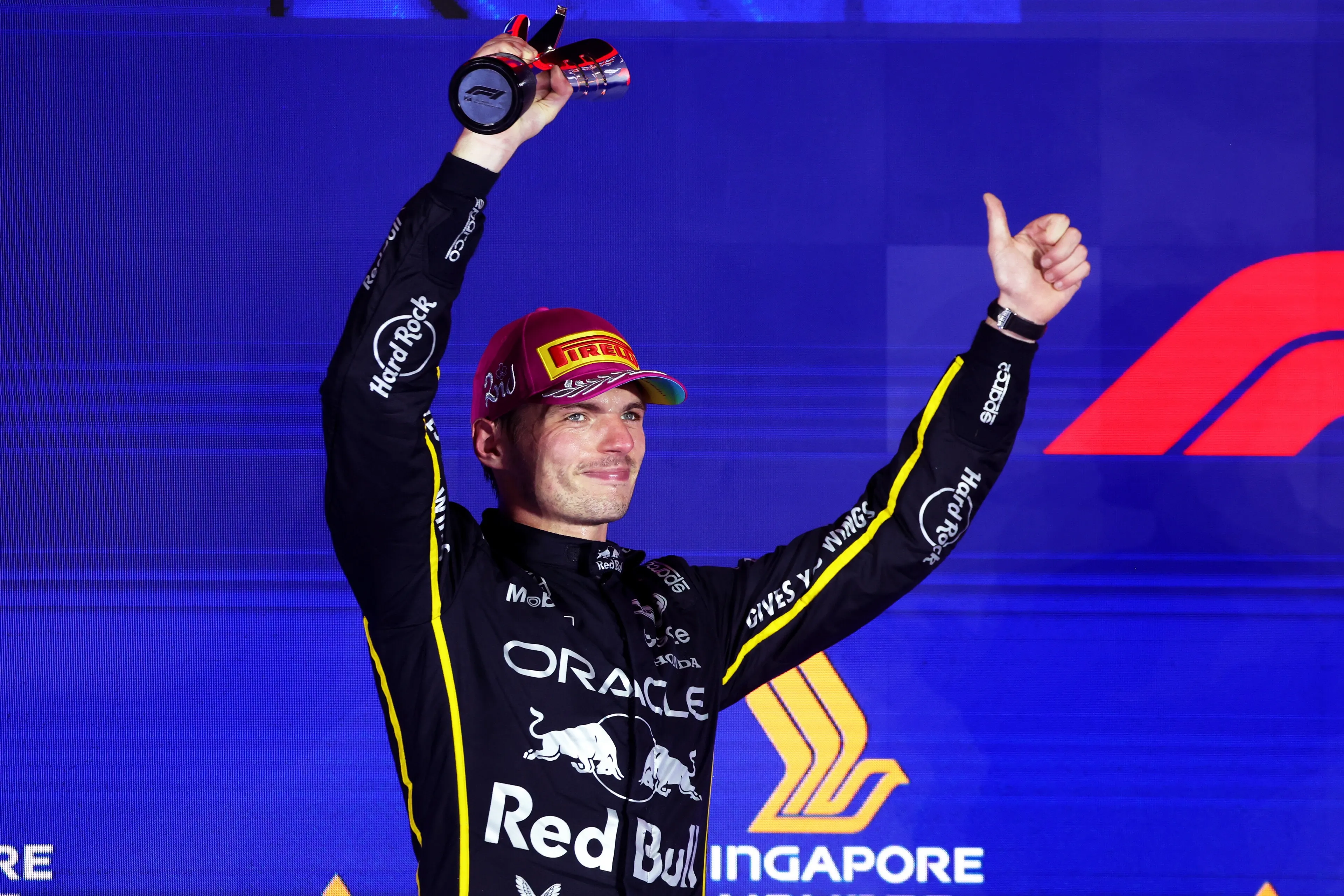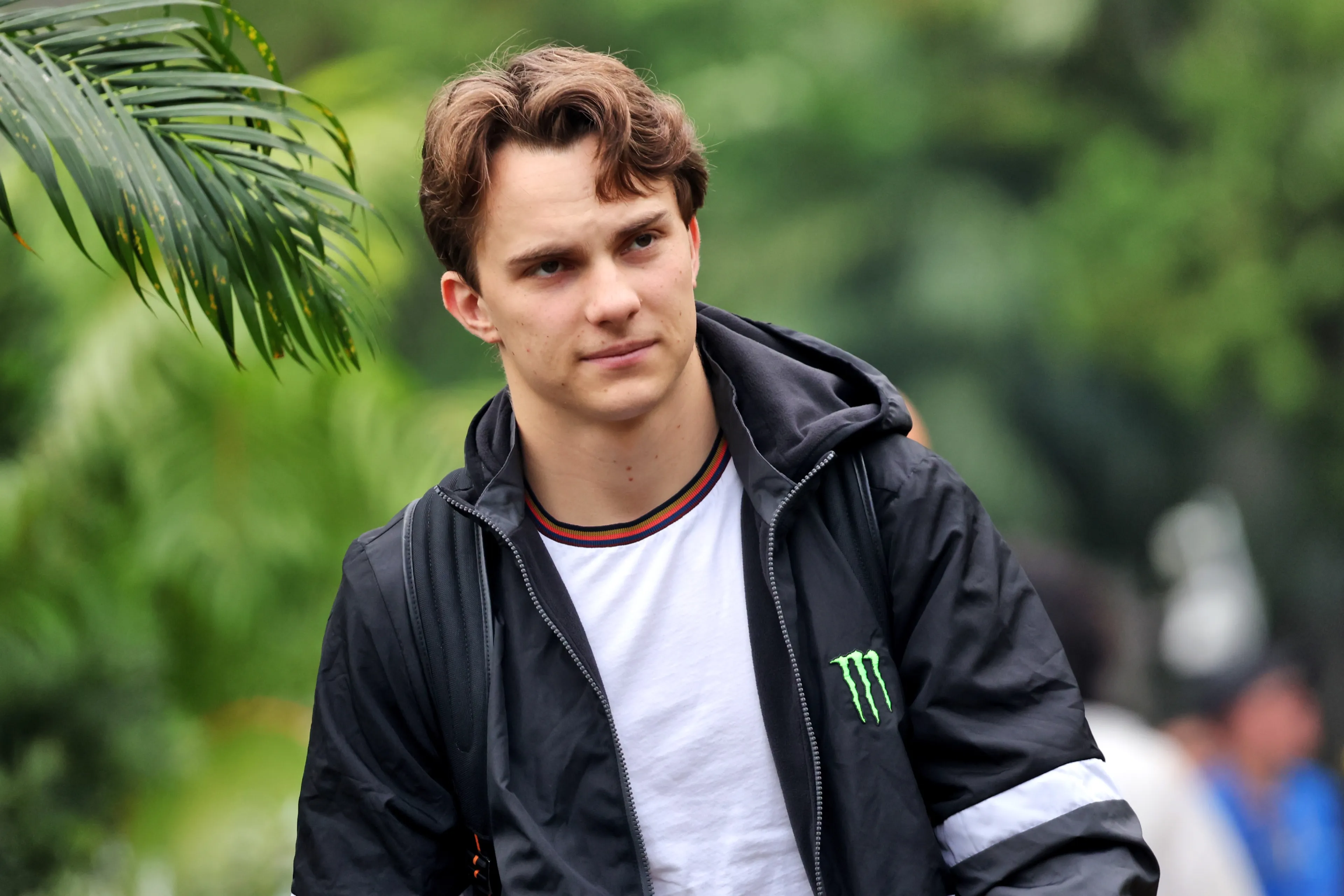The first day of action in Baku offered a very unusual scenario, with Ferrari on top during second practice and with both McLaren struggling, while Mercedes and Red Bull still seemed a little step behind. The low grip provided by the asphalt, the very soft C6 and the unloaded set-ups chosen by all teams massively influenced the performance seen on track, making the cars more nervous. Let’s try to understand how all these factors played a big role.
Starting with McLaren, the Woking based team had a double-sided day: during FP1, the MCL39 behaved very well especially in the slow speed sections of the circuit, including the first and second sector.
The great mechanical grip generated by the suspension and the chassis allowed Norris to be the fastest on the soft tyre, with 3 tenths of advantage on his teammate in P2.
Beyond the great traction and stability shown off, the MCL39 also demonstrated a very good top speed, the result of a very aggressive choice in terms of rear wing. The team, in fact, adopted the same rear wing spec used in Monza, featured by a very skinny DRS flap and a very short-chord mainplane, mainly to reduce drag.
This solution was matched with a medium downforce single-element beam wing, which mainly aimed at partially compensating the downforce loss related to the rear wing choice.
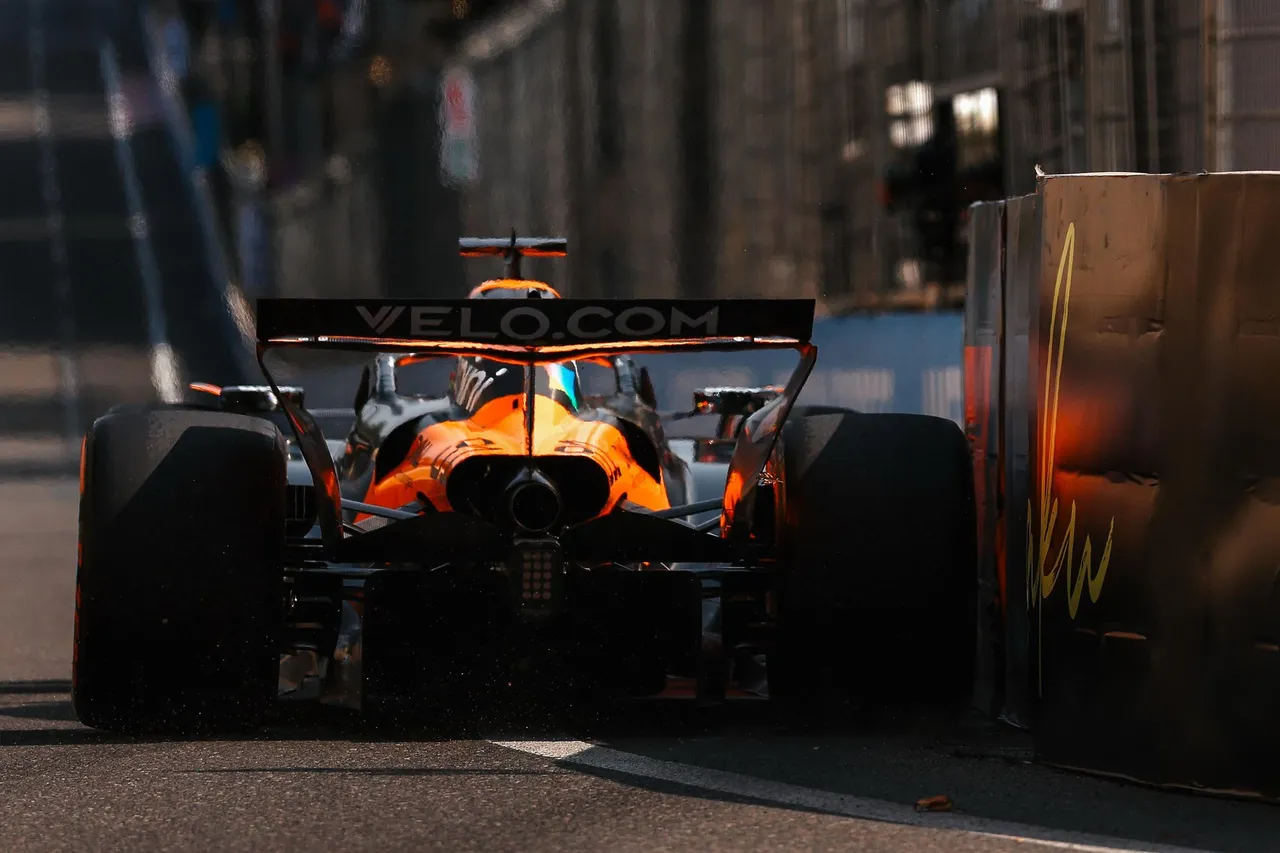
Despite the great performance during first practice, the team seemed to have made a step behind in terms of set-up during FP2: the MCL39 was sliding a lot in all slow speed corners, with the rear being particularly unstable in mid corner and in traction.
This eventually caused Norris to crash against the barriers with almost half an hour left in the session, putting an end to his day on track. This mistake by the Britain, in fact, highlighted that the team probably chose the wrong set-up path for second practice, as also Piastri’s P12th underlined the impression.
Despite the wrong set-up path chosen, McLaren demonstrated that they can still be at the top of the leading pack during this weekend, especially thanks to the great level of mechanical grip expressed by the MCL39 and the competitive top speed shown by using the lower downforce rear wing.
Despite this, tyre management will be crucial both during qualifying and during the race: as other teams, in fact, McLaren decided to use 4 sets of soft tyres during Friday’s FP1 and FP2, to keep more medium tyres for qualifying and the race.
Read also
Ferrari ready to fight for pole on Saturday
For what concerns Ferrari, they were the first team behind McLaren on Friday, demonstrating a very competitive pace both during FP1 and especially during FP2. The team brought two different rear wing specs for this event: as highlighted in the picture below, Leclerc used the lower downforce version for both FP1 and FP2, while Hamilton used the same spec adopted by Leclerc during FP1, before switching to a slightly higher downforce spec in FP2 (the same version already used in Spa-Francorchamps).
The lower downforce version used by Leclerc was characterised by a trimmed trailing edge on the DRS flap, to reduce drag as much as possible, while still taking advantage of the downforce generated by the spoon mainplane. On the other side, Hamilton’s rear wing provided such more downforce from the DRS flap as well, due to the longer chord (orange arrow). This spec also guaranteed a much more stable car in braking phases and in traction, while producing a lot more drag, i.e. making the Britain’s SF-25 in top speed charts.
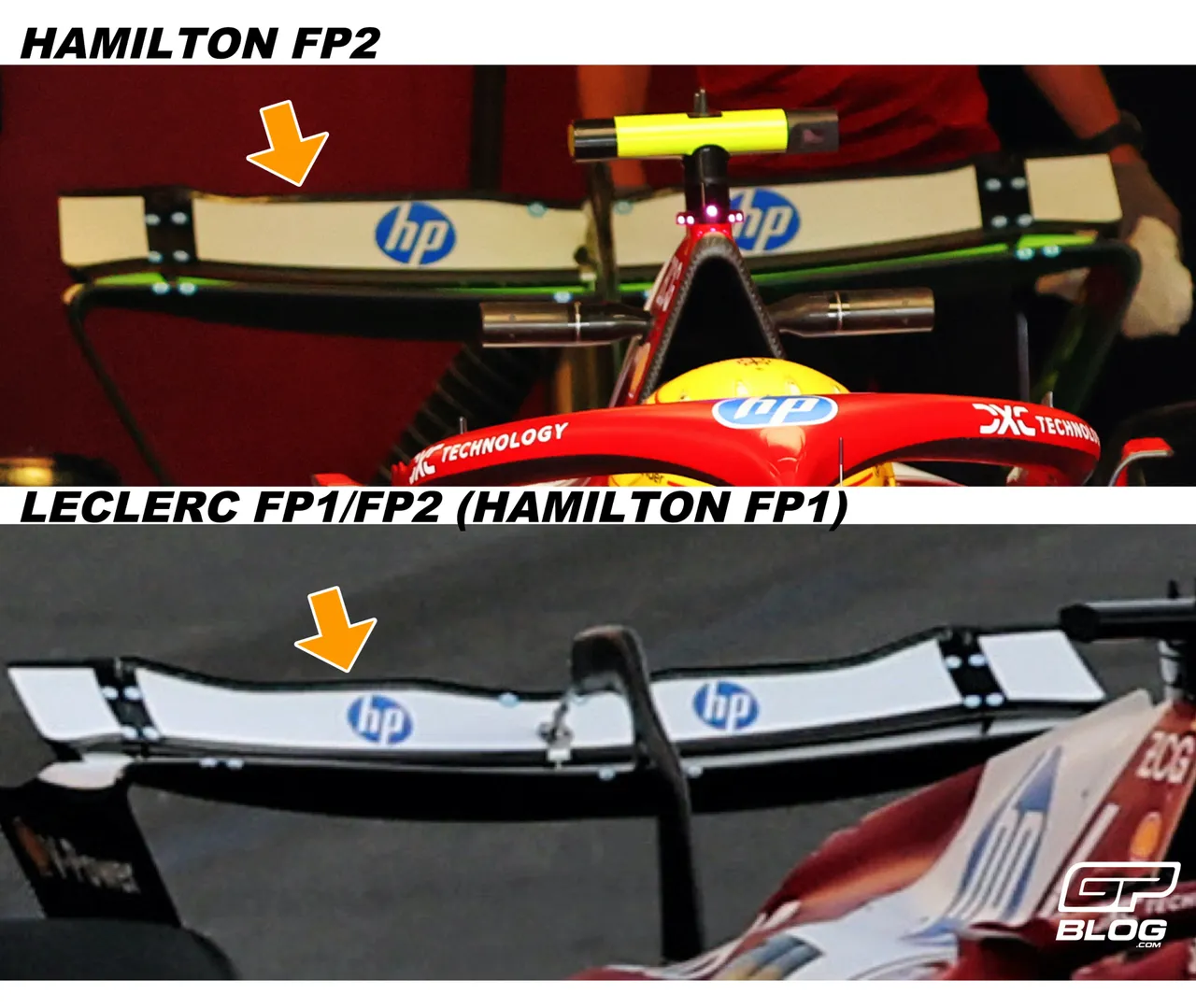
These aerodynamic choices, together with a very stable mechanical set-up, made the SF-25 very competitive during FP2: the car was very strong in the first and second sector (especially Hamilton’s), thanks to the great mechanical grip produced by the interaction between the mechanical system (chassis and suspensions) and the ground. This also translated in a very predictable car for the drivers, who could push the limits of the tracks, setting faster lap times as the fuel burnt down. The race pace simulations were also positive for both Ferrari’s drivers, even though they both did very few laps in FP2.
As a consequence of such a positive Friday, both Hamilton and Leclerc could fight for pole position tomorrow, even if McLaren is expected to make a positive set overnight, which could make Ferrari’s mission more complicated. A big question mark will also be on the set-up choice: it’ll be interesting to see if Leclerc will keep using the lower downforce rear wing and Hamilton the higher downforce one or if they both converge to a similar solution.
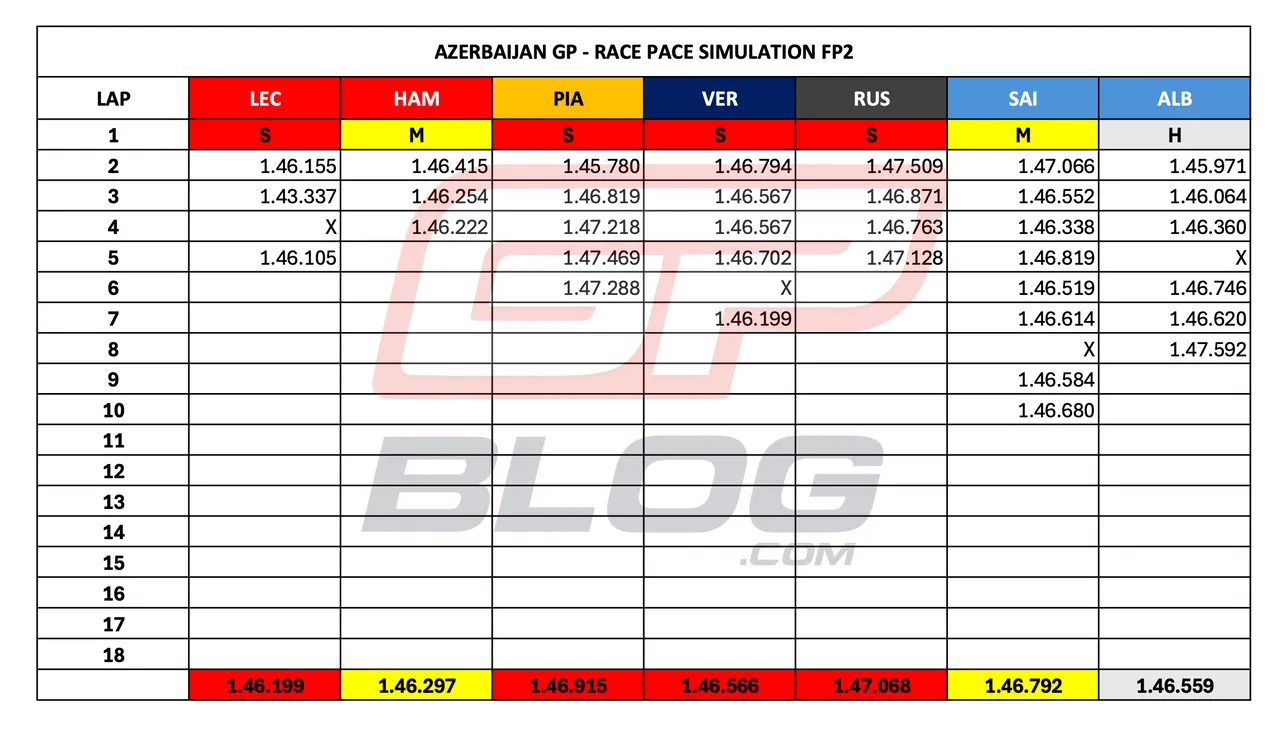
Red Bull and Mercedes struggles
For what concerns Red Bull, they had a positive Friday as well, despite the not so competitive lap times, which were mainly caused by a very conservative engine mode adopted, as usually happens during free practice sessions. Just like what happened in the last races, the team arrived in Baku with a very strong base set-up, which eventually helped in improving between the sessions: the RB21 showed a very competitive top speed, mainly thanks to the very unloaded set-up and rear wing used, and also provided enough mechanical grip on both axles to allow Verstappen and Tsunoda to comfortably push through the first and second sectors’ slow speed corners, where mechanical grip is required.
Despite the positive feeling, Verstappen was still quite far away from Hamilton in P1 during FP2, with a gap of 0.609 seconds, proving that the team still need to extract a lot of potential from the car if they what to fight against Ferrari and McLaren. Verstappen, in fact, particularly struggled in warming up the C6 in his qualifying simulation, sliding a lot in the middle portion of the track as a consequence. The scenario seemed much better in race pace simulation, as he managed to get some laps in, showing off a very competitive pace, only a couple of tenths behind the two Ferrari, who however completed very few laps in race pace simulation.
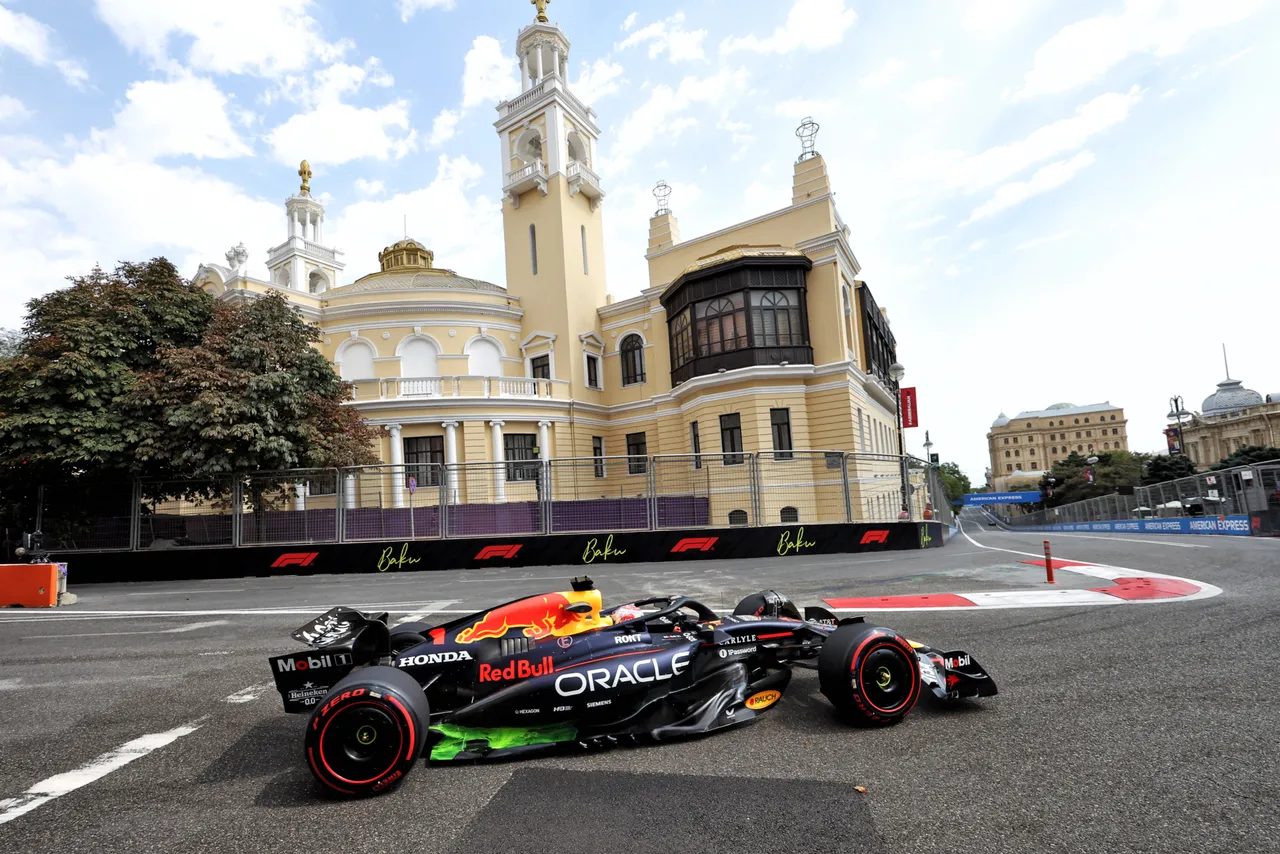
For them it’ll be quite important to improve the mechanical balance of the RB21 overnight, in order to be much closer to Ferrari and McLaren tomorrow, in order to eventually fight for the podium on Sunday.
However, the possible adoption of the medium tyre during qualifying could clearly play in Verstappen’s way: having a much more stable compound under braking and in traction helps stabilising the RB21’s nervous sliding on the rear, possibly making it much quicker than what seen on the soft tyre.
Last but not least, Mercedes had a double-sided day as well: in the race pace simulations they were able to express competitive lap times, as the additional grip provided by the soft tyre and the cool temperatures covered some of their difficulties in terms of rear tyres’ temperature management during the lap, allowing Russell and Antonelli to get to P3 and P4 respectively during second practice.
However, the W16’s weakness started to emerge during the race pace simulations made in FP2: as the laps started to accumulate on his soft tyre, Russell’s pace started to decline, as he averaged almost a second slower than the two Ferrari, despite competing only four laps.
The rear limited nature of this circuit could consequently be a huge setback for Mercedes this weekend, while temperature drop could help them better keep the rear tyre temperature under control.
See our latest F1 paddock update below!
Read also
Popular on GPBlog
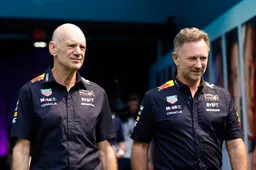
Aston Martin has informed staff following rumors about Horner’s arrival
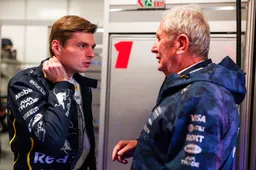
Marko identifies Verstappen's problem during Sprint Qualifying
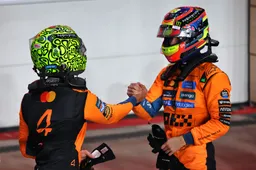
What Norris needs to do to clinch his first drivers' title in Qatar GP




